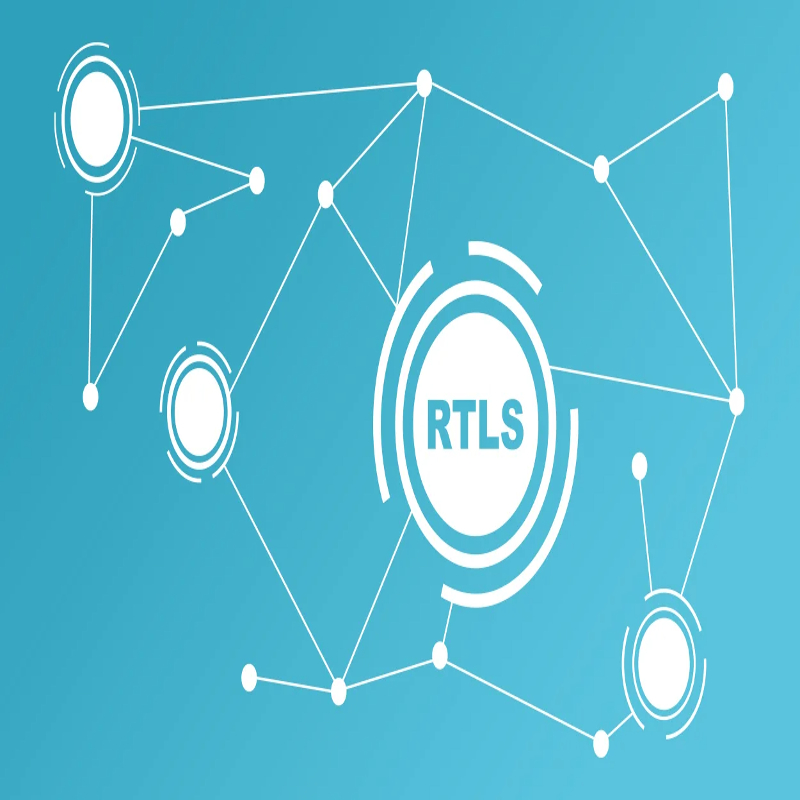Navigating the Future: Real-Time Location Systems (RTLS)

In today’s fast-paced world, the need for accurate and efficient location tracking has become increasingly important across various industries. Whether it’s improving operational efficiency in a manufacturing plant, enhancing patient care in healthcare facilities, or optimizing warehouse management, Real-Time Location Systems (RTLS) are at the forefront of this technological revolution. This blog explores the world of RTLS, its applications, benefits, and the future it promises.
What is RTLS?
RTLS, or Real-Time Location System, is a technology that allows organizations to track and manage the location of assets, people, or vehicles in real-time. It utilizes a combination of hardware and software components, including sensors, tags, anchors, and a central monitoring system, to provide accurate and up-to-the-minute location data.
Key Components of an RTLS:
- Tags: These are small, portable devices that can be attached to assets, individuals, or vehicles. They transmit location information to the RTLS system.
- Anchors: Anchors are stationary reference points equipped with sensors. They receive signals from tags and help triangulate their positions.
- Sensors: Sensors play a crucial role in collecting data from both tags and anchors. They can be ultrasonic, radio-frequency identification (RFID), infrared, or other technologies.
- Communication Infrastructure: This includes the network and communication protocols that connect the various components of the RTLS system.
- Software: The software component processes and analyzes the data received from tags and anchors, providing real-time information to users via a user-friendly interface.
Applications of RTLS:
- Asset Tracking: RTLS is widely used in industries like manufacturing, logistics, and construction to track the location and movement of equipment, tools, and materials. This improves asset utilization and reduces loss.
- Healthcare: In healthcare, RTLS is employed to monitor patients, staff, and medical equipment. It enhances patient safety, reduces waiting times, and improves the overall quality of care.
- Retail: Retailers use RTLS to track inventory levels, optimize store layouts, and enhance the shopping experience for customers.
- Transportation and Fleet Management: RTLS helps optimize the routing of vehicles, monitor driver behavior, and ensure timely deliveries.
- Security and Personnel Tracking: RTLS can enhance security by tracking the movement of people within a facility. It’s particularly valuable in emergency situations.
Benefits of RTLS:
- Increased Efficiency: RTLS enables organizations to optimize their operations by providing real-time insights into the location and status of assets, leading to improved productivity.
- Enhanced Safety: In industries like healthcare, RTLS ensures the safety of patients and staff by quickly locating individuals in need of assistance.
- Cost Savings: By preventing loss or theft of assets, reducing search times, and optimizing workflows, RTLS can result in significant cost savings.
- Data-driven Decision Making: The data collected by RTLS systems can be analyzed to make informed decisions about resource allocation and process improvement.
- Improved Customer Experience: In retail and hospitality, RTLS can help create a seamless and personalized experience for customers.
The Future of RTLS:
As technology continues to advance, the future of RTLS looks promising. Here are a few trends to watch:
- Integration with IoT: RTLS will become increasingly integrated with the Internet of Things (IoT), allowing for even more comprehensive and automated tracking solutions.
- Indoor Positioning: Precise indoor positioning will become more common, with applications ranging from navigation in large buildings to augmented reality experiences.
- AI and Predictive Analytics: Artificial intelligence will play a more significant role in processing RTLS data, enabling predictive analytics and proactive decision-making.
- 5G Connectivity: The rollout of 5G networks will enhance the speed and reliability of data transmission in RTLS systems, opening up new possibilities for real-time tracking.
Conclusion:
Real-Time Location Systems are revolutionizing the way organizations operate by providing real-time visibility into the location and status of assets, people, and vehicles. With a wide range of applications and benefits, RTLS is poised to continue its growth and evolution, making it an essential technology for the future across numerous industries. As technology continues to advance, we can expect even more innovative uses and improvements in the world of RTLS.
ou have the option to create your own digitalization strategy with Suraj Informatics RTLS, hastening the transition of your production and logistics.
